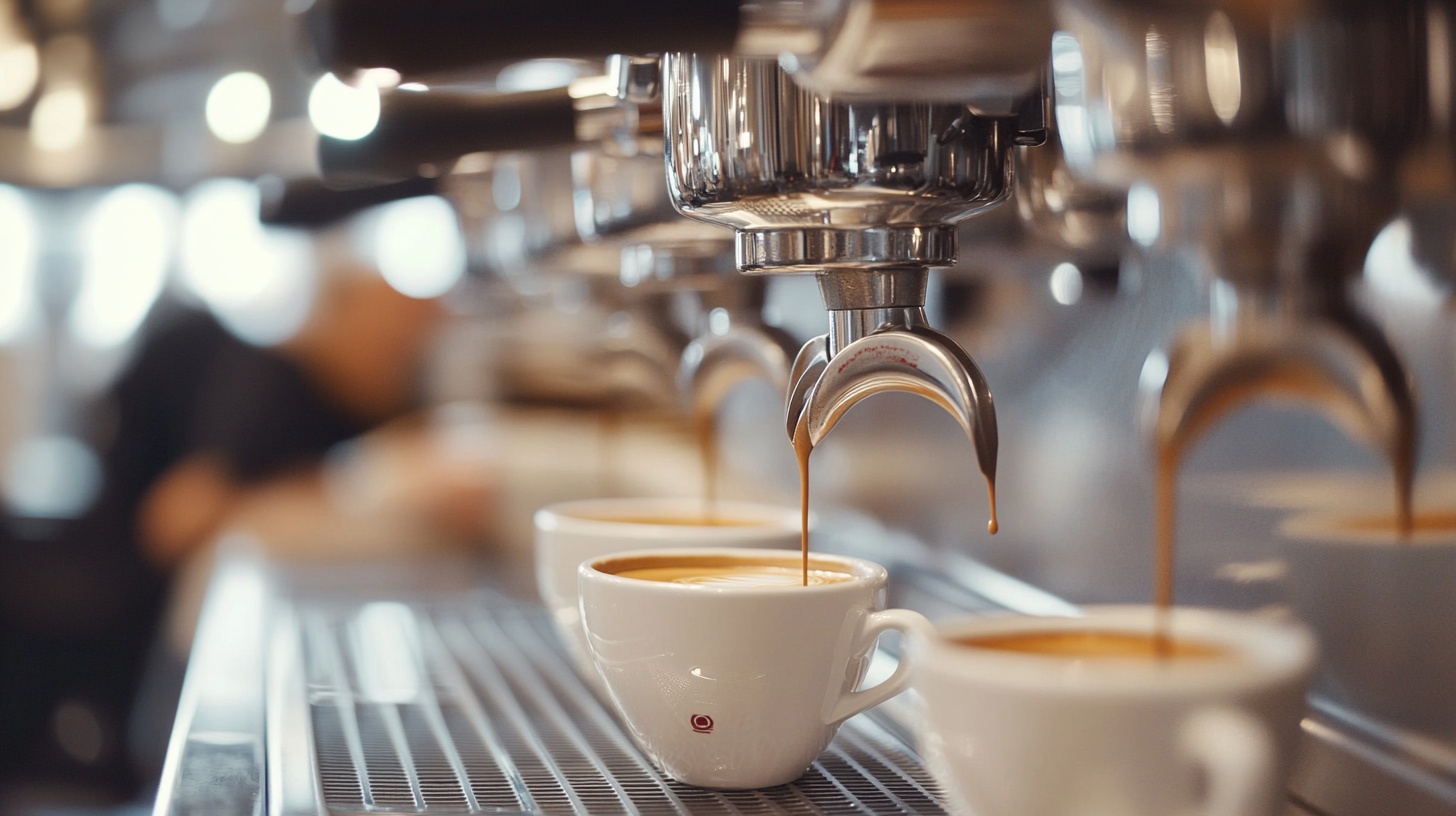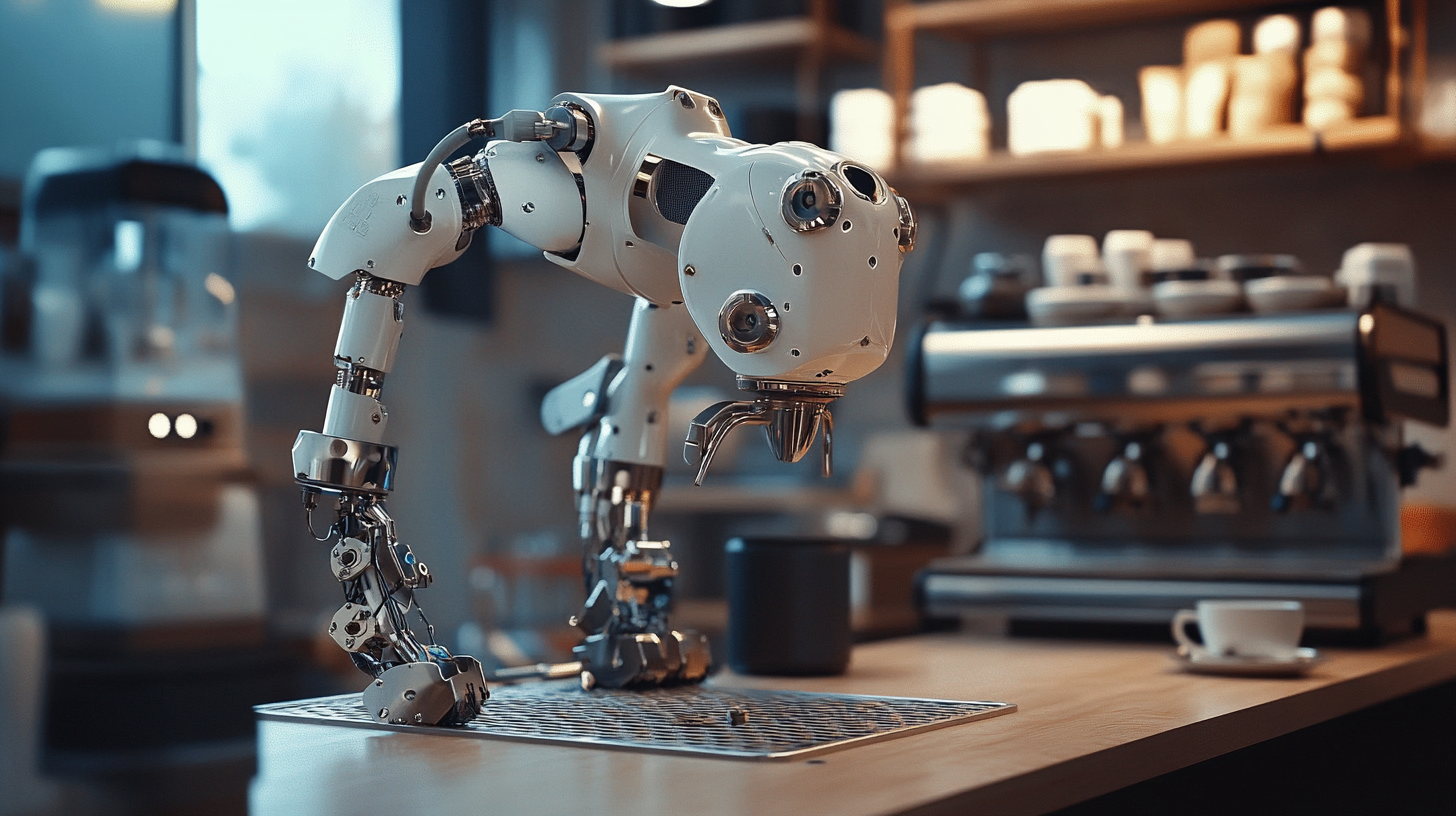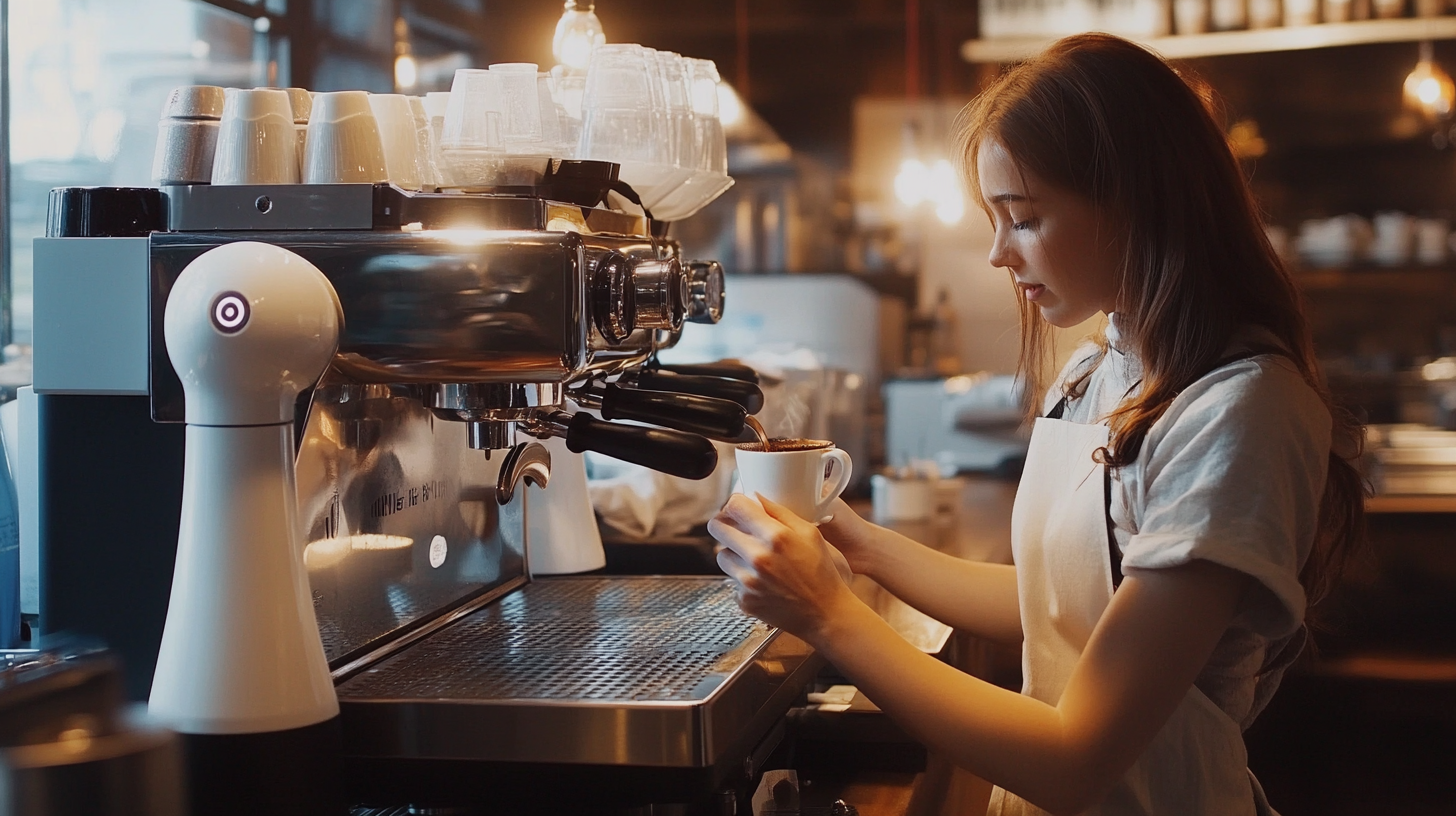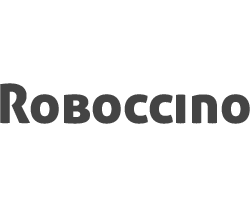Master the Art of Coffee with Your Own Barista Bot
In recent years, the coffee industry has experienced a remarkable transformation, with a study by the National Coffee Association revealing that 62% of Americans are now coffee drinkers, signifying a growing appreciation for the beverage. As consumers demand more personalized coffee experiences, the innovative concept of a "barista bot" has emerged as a game-changer in this evolving landscape. These sophisticated machines not only brew coffee to perfection but also learn individual preferences, catering to the desires of each user. According to a market analysis by ResearchAndMarkets, the global coffee machine market is anticipated to grow significantly, driven by advancements in technology and an increasing number of coffee enthusiasts. As we delve into the art of coffee-making with your very own barista bot, we will explore how this technological marvel can elevate your coffee experience, transforming your daily routine into a personalized barista-level indulgence.

Understanding Coffee Beans: Types, Regions, and Flavor Profiles
Coffee is an intricate world, brimming with diverse beans that each yield distinct flavors and aromas. Understanding the various types of coffee beans is crucial for any aspiring barista. The most common varieties are Arabica and Robusta. Arabica beans are known for their smooth, nuanced flavors and typically showcase higher acidity, making them ideal for specialty coffees. In contrast, Robusta beans pack a punch with a stronger, more bitter taste and contain more caffeine, often used in espressos for that extra kick.
The region where coffee is grown greatly influences its flavor profile. For instance, beans from Ethiopia are renowned for their fruity and floral notes, often presenting a wine-like quality. In contrast, Colombian coffee is celebrated for its well-balanced, chocolatey undertones. On the other side, Brazilian varieties tend to be nutty and chocolatey, making them popular for blends. By mastering the characteristics of different coffee beans, you can elevate your brewing skills and create unique flavors that resonate with your personal taste. Exploring coffee regions not only enhances your palette but also connects you to the rich stories behind each cup.
Master the Art of Coffee with Your Own Barista Bot
| Coffee Bean Type | Region | Flavor Profile | Acidity Level |
|---|---|---|---|
| Arabica | Latin America | Sweet, Fruity, Acidic | Medium |
| Robusta | Africa, Asia | Strong, Earthy, Nutty | Low |
| Liberica | Philippines, West Africa | Floral, Fruity, Unique | Medium |
| Excelsa | Southeast Asia | Dark, Fruity, Tart | Medium-High |
The Science Behind Brewing Techniques: Espresso vs. Drip
Brewing coffee is both an art and a science, and understanding the differences between methods like espresso and drip coffee is essential for any aspiring barista. Espresso, characterized by its concentrated flavor and rich crema, requires finely ground coffee beans. New research indicates that this conventional wisdom may be due for a revision; it suggests that a slightly coarser grind could yield even better results while highlighting the importance of extraction time and pressure in the brewing process. This underscores the need for precision in brewing techniques, as variations can significantly impact the final taste.
On the other hand, drip coffee has long been celebrated for its smooth and mellow profile. The Coffee Brewing Control Chart 2.0 serves as a comprehensive guide for enthusiasts aiming to perfect their drip brewing technique. According to recent studies, the ideal brewing temperature and time are critical factors; drip coffee typically thrives at a temperature between 195°F and 205°F, steeped for about 4 to 6 minutes. With popular methodologies being reevaluated, home brewers can experiment with these parameters to unlock new flavors, enhancing their daily coffee ritual and crafting a cup that’s tailored to their palate.
Moreover, research has shown that espresso contains the highest caffeine concentration compared to other brewing methods. An Australian study revealed that espresso delivers a caffeine kick that can outpace drip coffee, making it a popular choice for those seeking a robust energy boost. By leveraging scientific insights into grind sizes, extraction times, and brewing temperatures, coffee lovers can create a nuanced coffee experience that caters both to their taste preferences and caffeine needs.

Exploring Coffee Equipment: Essential Tools for Your Barista Bot
Crafting the perfect cup of coffee at home is an art form that can be significantly enhanced by investing in the right equipment. For those looking to create their very own barista bot experience, understanding the essential tools is crucial. The foundation begins with a high-quality coffee grinder. Freshly ground beans yield a richer flavor and aroma, making the grinder a vital component of any coffee setup. Opt for a burr grinder for a consistent grind size that will elevate your brewing game.
Next, consider a reliable brewing device that suits your taste preferences. Whether it’s a French press for a bold and full-bodied cup or a pour-over setup for a cleaner, more nuanced flavor, the choice of brewing method will largely influence the outcome. Pair your brewing device with an accurate scale for measuring coffee and water. Precision in proportions ensures that you can replicate your favorite brews time and time again, perfecting your technique along the way.
Lastly, don't overlook the importance of accessories like a milk frother or a temperature-controlled kettle. A frother can elevate your coffee experience to café-quality lattes, while a kettle with precise temperature settings allows for optimal extraction, especially with specialty coffees. By equipping yourself with these essential tools, you’re on the path to mastering the art of coffee and creating delightful beverages that impress both your friends and family.

Data-Driven Coffee Trends: Consumer Preferences and Market Growth
The global specialty coffee market is experiencing remarkable growth, with projections indicating it will reach a valuation of USD 60,953.1 million by 2033, driven by a compound annual growth rate (CAGR) of 10.5%. This surge is a testament to the evolving consumer preferences, as more coffee enthusiasts gravitate toward unique flavors, sustainable sourcing, and premium experiences. Data-driven insights reveal that consumers are not just seeking coffee but a narrative; they want to connect with brands that reflect their values and preferences.
As an integral part of this market shift, the U.S. specialty coffee sector is also on track for significant expansion, estimated to hit USD 47.8 billion by 2024, with continued growth expected through 2030. This trend reflects a broader movement towards personalized and artisanal coffee experiences, as younger generations prioritize quality over quantity and are willing to invest in premium products. The rise of innovative coffee solutions, including smart barista bots, serves to enhance the consumer experience, making it easier for coffee lovers to enjoy their favorite brews at home while remaining attuned to the latest market trends.
Consumer Preferences in Coffee: 2023 Trends
Sustainability in Coffee Production: Ethical Sourcing and Certifications
Sustainability in coffee production has never been more critical as consumers become increasingly aware of the environmental and social impacts of their choices. Ethical sourcing practices play a pivotal role in ensuring that coffee farmers receive fair compensation while also promoting sustainable agricultural methods. By choosing coffee brands that prioritize direct trade and fair wages, consumers can support livelihoods in coffee-producing regions, ultimately fostering healthier communities.
Certifications such as Fair Trade, Rainforest Alliance, and USDA Organic help identify coffee that meets stringent ethical and environmental standards. These labels assure consumers that their coffee is not only produced sustainably but also supports the well-being of the growers and their communities. Each certification focuses on different aspects of sustainability, from environmental practices to social equity, creating a comprehensive approach that addresses the multifaceted challenges of coffee production.
As we embrace the art of brewing the perfect cup of coffee, it's essential to also consider the journey that coffee beans undertake from farm to cup. By opting for ethically sourced coffee, we can enjoy our daily rituals with the knowledge that we are contributing to a more sustainable future for both our planet and the people who nurture it.

